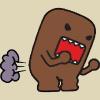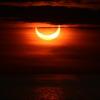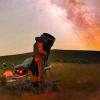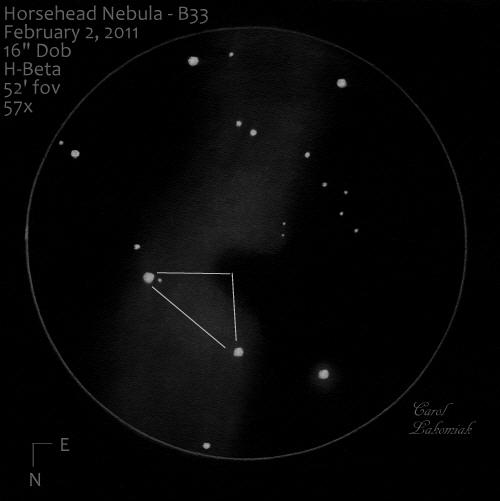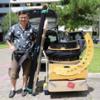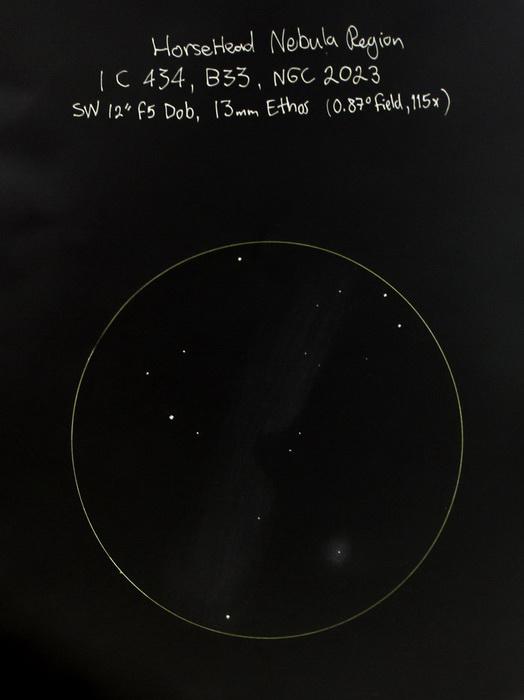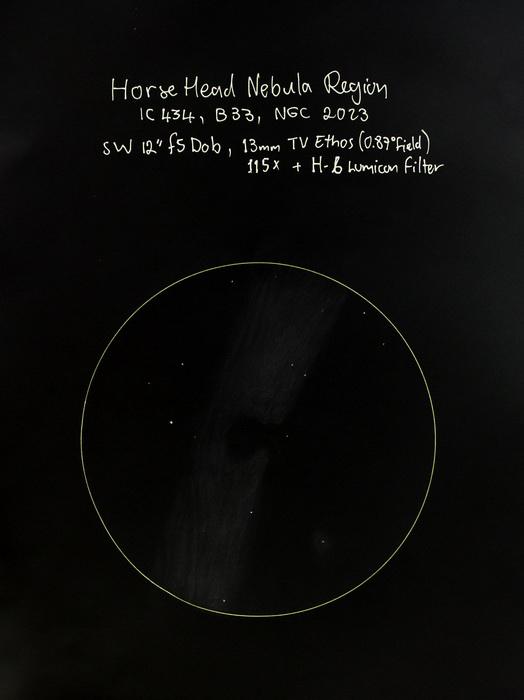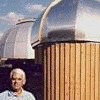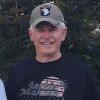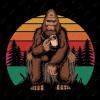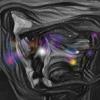Check out Carol's link to her sketch. That's EXACTLY what I've seen with my 16" and an H-Beta filter. Great job on the sketch Carol.

To see the horsey's nose always seemed to take a larger scope. A friend's 28" showed the nose pretty well.

About to make an assault on the Horsehead
#26

Posted 22 November 2011 - 10:08 AM
#27

Posted 24 November 2011 - 03:13 PM
#28

Posted 25 November 2011 - 01:47 AM
#29

Posted 27 November 2011 - 08:10 PM
#30

Posted 30 November 2011 - 05:49 AM
You can read full details in my February 2011 Binocular Universe e-column right here on CN.
#31

Posted 04 December 2011 - 12:08 AM
Wish me luck, I am going in!
Be aware that the reason many people miss spotting the Horsehead, even with ample aperture, dark enough skies and a decent H-Beta filter is that though they pick up the start of the faint line of IC 434's nebulosity at Zeta Orionis and are able to follow it out a bit, it seemingly fades out on them before they get to anything that seems even remotely plausible as the "Horsehead"...and fail to realize that this "fade-out" point is actually the start of the Horsehead's "shoulder" (!!!) Looking carefully a bit further down the line from where IC 434 apparently "vanished", try to pick up the point where it subtly resumes (that's the other shoulder-side to the "head"). Look carefully, and you may then see the faint outlines of the "neck" on either side extending at a sharp bend up from the "shoulder" (indeed the sight is more like the faint outline of a blackened-out thumbprint indentation). Having sighted this, if you have patience and a good, dark, transparent night, you may then pick up the outline of the horse's "snout" extending in one direction from the neck. It won't be anywhere remotely as vivid or close a resemblance to a "horsehead" as appears in astrophotos, but you'll have seen the real-deal available from a visual observing standpoint. Heck, once you recognize even the indentation of the neck unmistakenly, you'll have "seen" the Horsehead as well is available under good, but less than perfect conditions on a majority of nights.
BTW: if you have Kepple & Sanner's "Night Sky Observer's Guide" handy, there's an extremely helpful photograph of the visual landmarks for finding the horsehead, PARTICULARLY the asterism of two stars that form a near-right triangle with the horsehead's shoulder at the third vertex of the triangle.
#32

Posted 04 December 2011 - 12:25 AM
#33

Posted 04 December 2011 - 02:01 AM
Dave Mitsky
#34

Posted 06 December 2011 - 07:41 PM
This was until about two weeks ago. I was observing from Goblin Valley State Park in central Utah and decided to check out the flame. I was observing with the 12" f/5 dob and 17mm Nagler (~90x). The flame was bright and obvious. Much more so than I had ever seen in MI. In fact everything I looked at that night or any night while in the southwest looked leaps and bounds better than any good night in Michigan. I decided that I would swing the scope south where B33 should be. I assumed I would see nothing. To my astonishment I saw a dark notch in what appeared to be the faint glow of a nebula. I stared at it for some time. I thought I was seeing things. I swung to a different object that I was familiar with to make sure my eyes were ok. Swung back to B33 and there it was again. I tried this every night I observed during my trip. This included a night of observing from 10,300 feet just below MRO in New Mexico and it was easily detectable without a filter.
This observation was a highlight of my trip and second only to my observations of Quasar 3C273 and just ahead of my spotting of Pluto. It isn’t the most amazing thing visually but definitely a hell of a challenge and highly rewarding.
Armed with your H-Beta filter you should have no problem spotting this nebula. For kicks and giggles you may want to try the Cocoon Nebula before it gets too low early in the night. This nebula was easily visible in my 12” dob at ~90x with no filter. The dark nebula around it was amazing in the dark skies of central Utah and New Mexico.
Clear Skies,
Jason
#35

Posted 07 December 2011 - 03:21 PM
#36

Posted 07 December 2011 - 05:25 PM
IC 434 reminds me of an aurora whose emanations appear somewhat polarized. Because of this unlikely and admittedly debatable characteristic, its detection is most readily accomplished (it appears most intense) during interval between 45 minutes before and after the nebula reaches its highest point above the horizon on any given night. You can begin looking for its location well ahead of time but you have the best chance of detecting its glow within that 1.5 hour window around culmination.
Well, it is more a case of overcoming local extinction conditions rather than some kind of polarization issue. I would broaden that viewing time interval somewhat depending on where you are in the world. Under good conditions, from about 40 degrees north latitude, I have seen the Horsehead in my 10 inch f/5.6 Newtonian when it was only about 35 degrees above the southeastern horizon, so at least for me, trying for the object is best done in a four hour window centered on its time on the meridian (up to about two hours before or after transit). Indeed, one clear but cold late fall night when some of the SCTs in our observing group were getting frosted over, a friend of mine had his 8 inch f/5 on the Horsehead when it was only about 25 degrees above the eastern horizon and we could still just see it with the H-Beta filter. Clear skies to you.
#37

Posted 08 December 2011 - 08:17 PM
I find it hard to believe that polarization would be significant for visual observation, but it's certainly true that any sort of scatterer is polarization sensitive, just like why the blue sky is highly polarized. Need to think about this and do some experiments. However, it's most likely airmass that's the most important factor, which is why everything appears best near culmination.
#38

Posted 28 December 2011 - 01:02 AM
IC 434 wasn't too difficult, and appeared to be a 'brightening' of the sky rather than a glow. Detecting B33 was a bit harder. I kept my eye moving around the fov until a large faint shadow momentarily popped into my averted vision's 'sweet spot'. A bit of OTA tapping coaxed out a few more sightings.
Out of curiosity, i switched to the UHC filter. IC 434 appeared to be the same dimness, and although B33 was more difficult (than with the H-Beta filter), it was definitely there. One thing for sure. No matter which filter was used, it helped tremendously to know exactly what to look for, and exactly where to look for it.
#39

Posted 28 December 2011 - 06:01 PM
I am using a UHC filter and my 16 f/4.5 Dob. I did see a bit of nebula in the area the other night, but no Horse Head.
If I can brave the -25 Celsius tonight....
jake
#40

Posted 28 December 2011 - 06:17 PM
#41

Posted 28 December 2011 - 06:36 PM
I am going to take another shot at it tonight.
It will be cold, but seeing and transparancy will be above average. The last time I saw the little bit of Nebula transparancy was also above average and it was also cold.
I'll post my results.
Thank you.
jake
#42

Posted 28 December 2011 - 11:50 PM
If you can see the nebula IC 434, then follow it south untill it appears to end and continue on to where it picks back up in about 5 to 6 arc minutes.
I did it a bit backwards with the 8"SCT.
Instead of following IC434, i first determined the exact location of the Horsehead.
As indicated in the attached 16LB sketch, the Horsehead is a corner of a triangle formed with two similar-magnitude stars. One of the stars has a dimmer companion, so it's easy to determine which stars to use for the triangle.
After determining the exact location of B33, i settled down and waited until IC434 seemed as bright as it was going to get. Then it was just a matter of using the stars as guideposts, and letting my averted vision detect the (rather large) break in IC434's faint luminosity.
#43

Posted 29 December 2011 - 03:31 PM
#44

Posted 31 December 2011 - 12:06 PM
I am using an Omega NPB filter.
No heartaches however. The thrill of the chase outweighs any dissappointment.
jake
#45

Posted 31 December 2011 - 03:38 PM
On the night of Dec 28th, I tried again. I was able to see a slight string of nebula, I tried to follow it to the correct area, but it dissappeared on me.
I am using an Omega NPB filter.
No heartaches however. The thrill of the chase outweighs any dissappointment.
jake
While I have seen the Horsehead a number of times with my NPB filter from my dark sky site, the object always shows up best in the H-Beta filter. I find that an exit pupil of around 3mm to 4mm in size tends to work best on the Horsehead, so you might make sure you are somewhere near that range. Clear skies to you.
#46

Posted 10 January 2012 - 12:28 AM
#47

Posted 13 January 2012 - 03:27 AM
Keep trying for the HorseHead! IMO, provided you are under reasonably dark skies (4 on the Bortle is enough), the atmosphere is really the limiting factor. With my friend Foehummer we tried during 2007 many times with uncerain success from various sites. During February 2008 we had our first confirmed sighting using a 10" dob from our regular dark site (which can get to mag 7 or better at the zenith, easily Bortle 2). Then, on the night of January 1st, observing from a seashore site only 10 miles south of a 75,000 people city and a major airport, but under fantastic conditions, we had a much easier time!
Of course, my sighting during November 2009 will remain unforgettable:
Here
The use of H-beta certainly helps, but I strongly believe that the transparency is THE most important factor!




